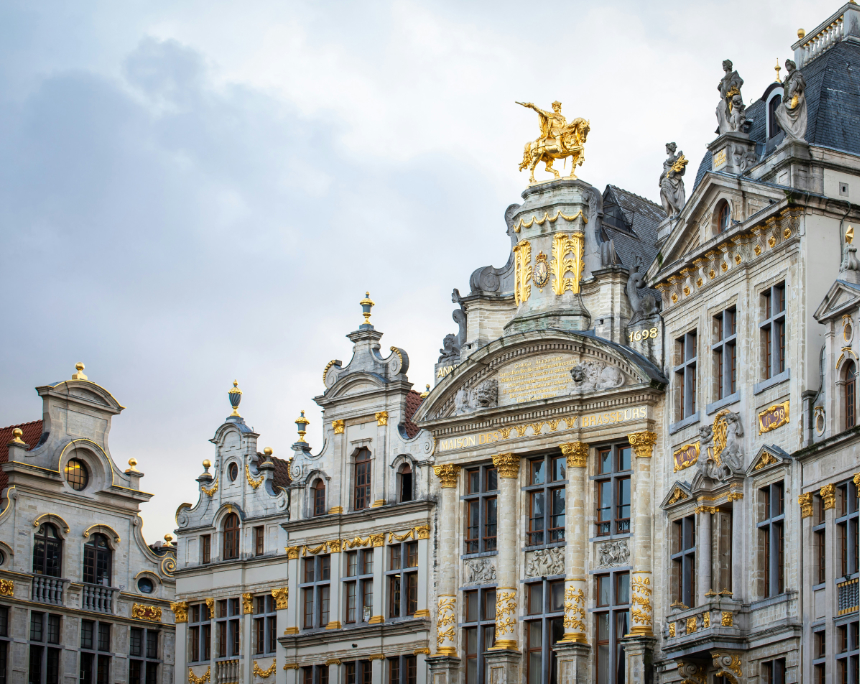Putting Survival Ratios of Ancient Coinages Into Perspective – Here Comes the Program!
On 5th October 2024, the 7th International Numismatic Conference of the Coin Cabinet of the Royal Library of Belgium will be organized at KBR in Brussels, focusing on survival ratios of ancient coinages.
Content
Questions
During this study day, a number of important questions regarding this theme will be discussed: Why are some coinages very well documented (with a lot of coins per obverse die) and others very poorly? How are theses survival ratios changing as a result of modern factors, such as the discovery of major treasures, the activity of detectorists, the ever-increasing power of websites such as CoinArchives and ACSearch, etc.? Do these survival ratios organize into geographical or chronological landscapes? Are high survival ratios indicative of a long circulation time? What does this mean from an economic point of view? Are there other aspects that influence this monetary survival rate?
The New Die Studies Database
An important trigger for the conference theme is the new Die Studies Database which aims to gather and make available all the produced die-studies for the Graeco-Roman world in its broad acceptance from Spain to India, and already lists nearly 2,750 die-studies. It offers several functions relating to survival rates: automatic calculation for each coinage assuming an average productivity per coin of 20,000, as well as – conversely – productivity per coin if the survival rate is set at 1 per 2,000 or 1 per 5,000. A glance at the most well-documented coins, for example, reveals that Judea and Sicily are home to an astonishing concentration of very high survival ratios.
The Objective of the Conference
The objective of the conference is to dig deeper into the questions mentioned above and to put them into a broad perspective. An important objective of this study day – as was also the case for the previous editions – is that the chosen theme and research questions are approached on the long term and for different regions. This is clearly reflected in the programme: in addition to two introductory lectures (Faucher & Bodet and de Callataÿ), the theme is then further explored in various case studies on Greek (Artru, Carbone, Carbone & Yarrow) and Roman (Hellings & van Heesch) coins from different periods and regions. For comparison, the theme is also addressed in an example from 15th-century France (Bompaire). In these case studies, a wide variety of data is used to approach the research questions, including die studies, overstrikes, coin finds, hoard evidence, metallurgical data, and written sources. Such an approach makes it possible to present different perspectives and methodologies, which can ultimately be combined to detect patterns in survival ratios over space and time.
Program
Saturday 5th October 2024
- 09:15 – Reception (Gutenberg entrance) & Coffee
- 10:00 – Welcome & Introduction
- 10:30 – Thomas Faucher & Alexandre Bodet: Survival rate and die productivity of coinage in Antiquity.
- 11:00 – François de Callataÿ: Survival rates in the Greek world: what could be deduced from the Die Studies Database (DSD)?
- 11:30 – Coffee Break
- 11:45 – Jérémy Artru: Some considerations on the production, circulation and hoarding of Carthaginian gold and silver coins based on survival ratios (5th-3rd c. BC).
- 12:15 – Federico Carbone: Survival rates of Cretan silver coins: quantitative data in the light of overstriking and hoarding analyses.
- 12:45 – Lunch
- 14:15 – Lucia Carbone & Liv Yarrow: The coinage issued in the years of the Mithridatic years as a case study for a comparison between quantitative data provided by die and hoard studies.
- 14:45 – Benjamin Hellings: Ancient Coin Production: Seeking Nuances.
- 15:15 – Johan van Heesch: The survival rate of exceptional Roman gold and silver denominations from the High Empire. What do we really know?
- 15:45 – Coffee Break
- 16:00 – Marc Bompaire: Les royaux d’or de Charles VII : fabrications, exemplaires et coins.
- 16:30 – Conclusions
Venue: KBR – Royal Library of Belgium Mont des Arts – Kunstberg, 1000 Brussels. KBR is located just across Brussels Central Station.



















